This project has reached its logical conclusion with all further development now continuing on the Arcus-3D-M2. Being born as a junkstrap, it inherently had a large number of variables to try to account for which was slowing development. Now that a clear goal has emerged, it was decided to eliminate most of these variables with a stronger, lighter, more standardized design. So go check out the Arcus-3D-M2.
This project has evolved over the last year from a junkstrap into a full color capable linear delta 3D printer.
The current design is based on a Beaglebone Black running a Machinekit velocity extrusion branch, and some custom code. The interface is published as a network service and can be accessed locally or remotely with an Android, Windows, or Linux client.
Five stepper motors located on a floating carriage push 1.75mm filaments down short, nylon bowden tubes to a compact, liquid cooled cold-end.
The all metal hot-end employs a tiny impeller located right at the melt-zone of the 5 distinct incoming plastic streams. The impeller spins at a relatively high speed and is designed such that it also generates it's own extrusion pressure to feed the nozzle. This greatly reduces the feed pressure required, eliminates feeding back into idle ports, dramatically improves color change performance, and helps to mitigate 'oozing'.
The impeller drive is a PWM controlled BLDC motor, and it is proportionally tied to the current extrusion rate.
Result: The ability to pick any ratio of the loaded filaments with a few M codes and complete color changes in 20mm of 0.4mm extrusion.
 Daren Schwenke
Daren Schwenke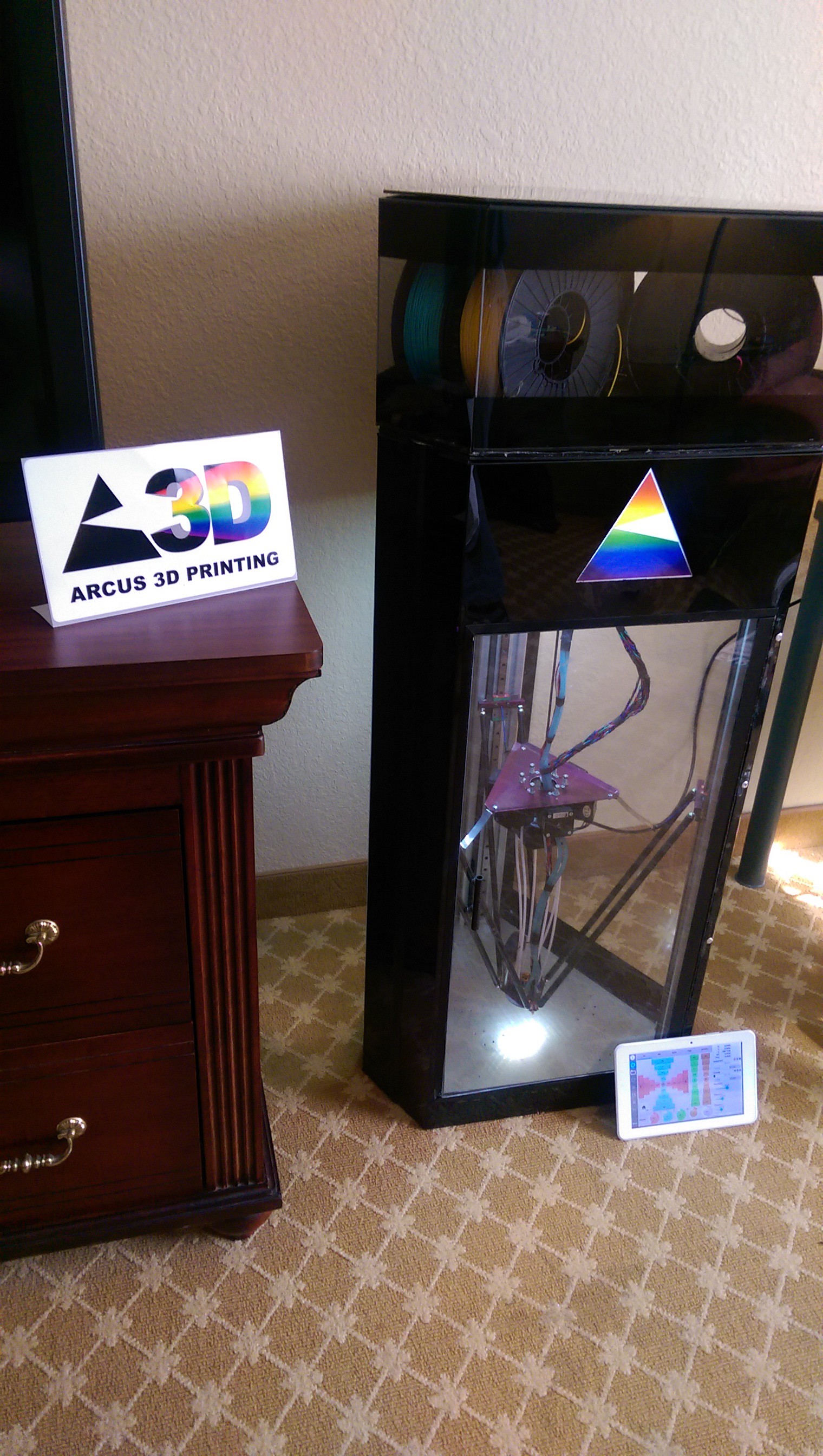
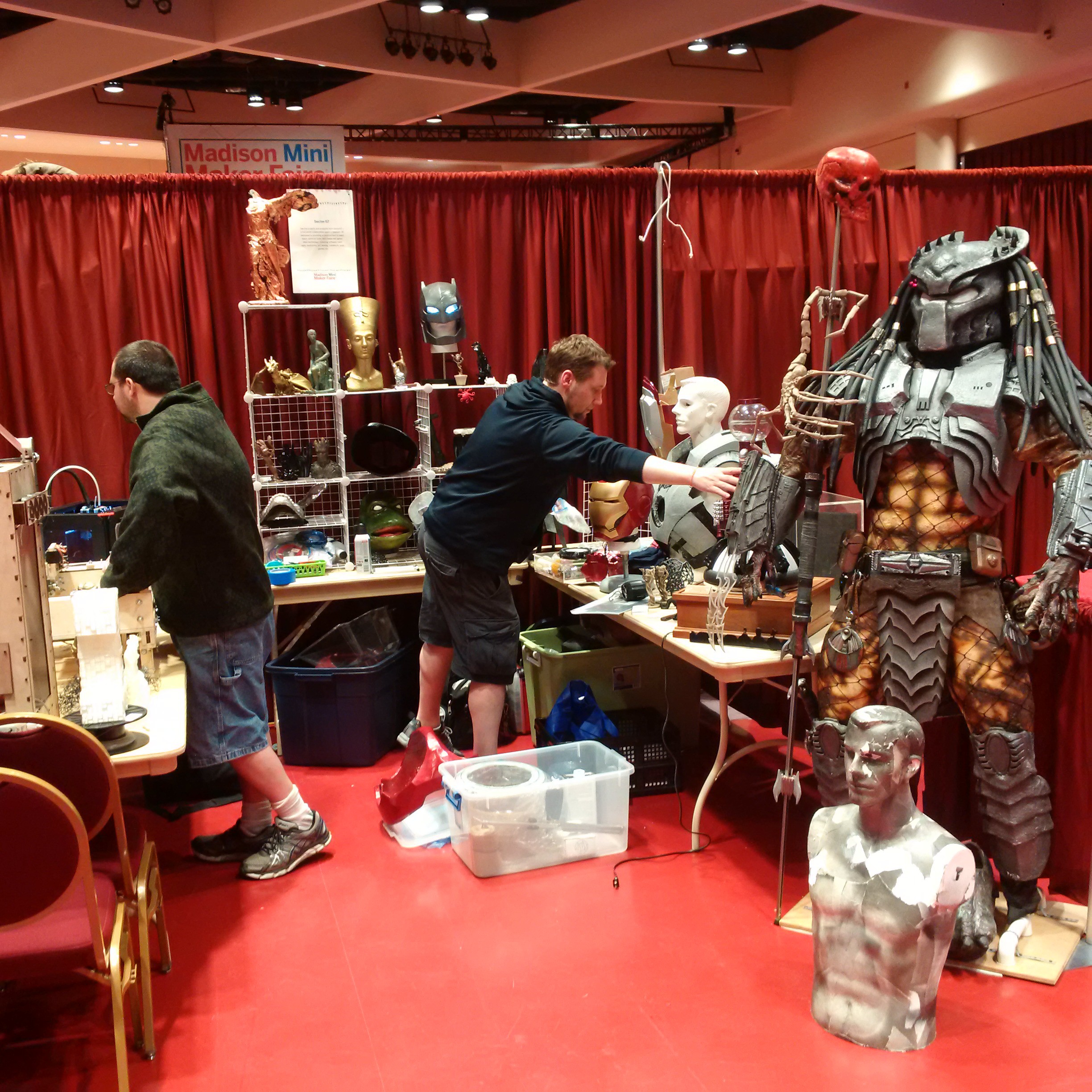
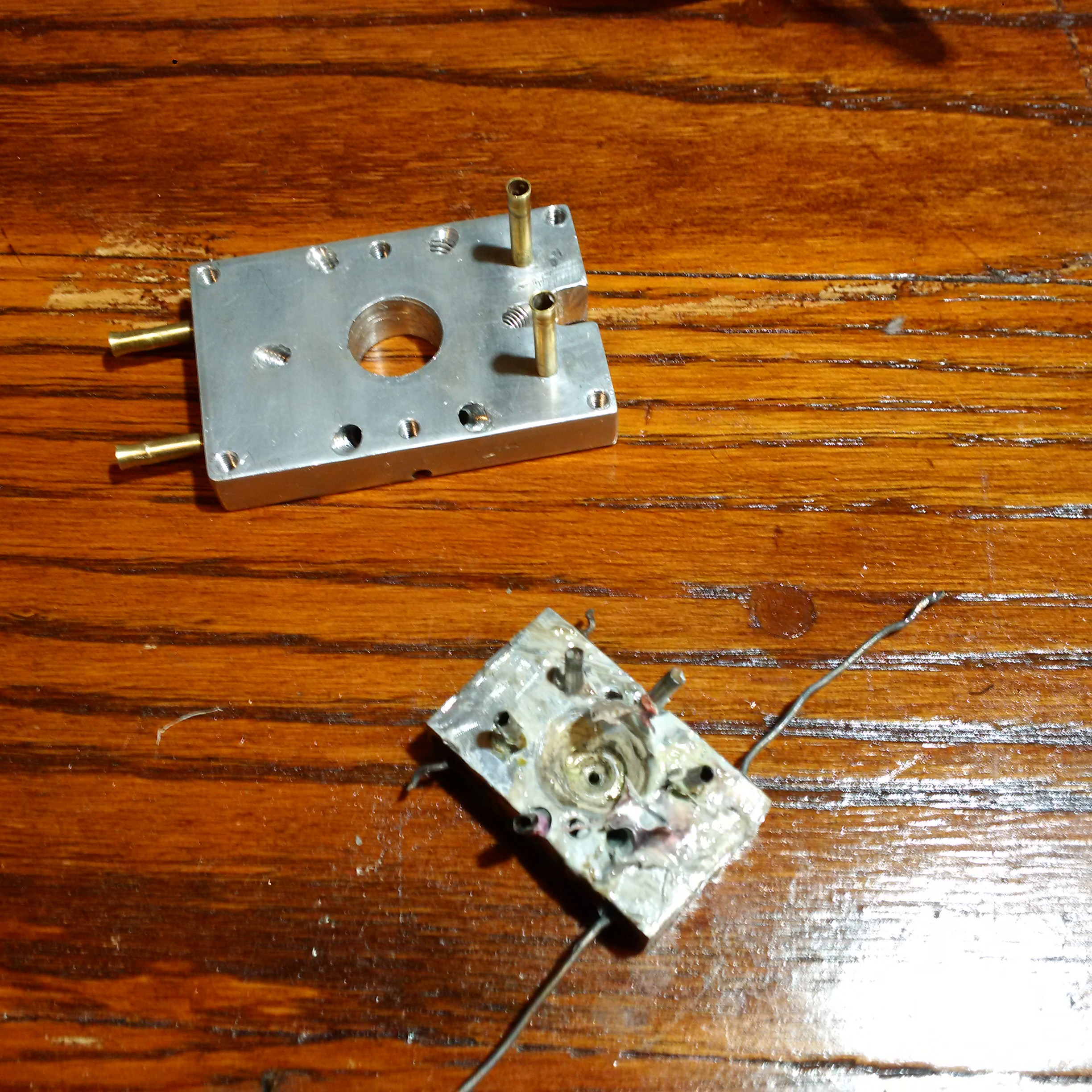 The date on the above photo was 10:20pm the night before the faire. Complete disaster.
The date on the above photo was 10:20pm the night before the faire. Complete disaster.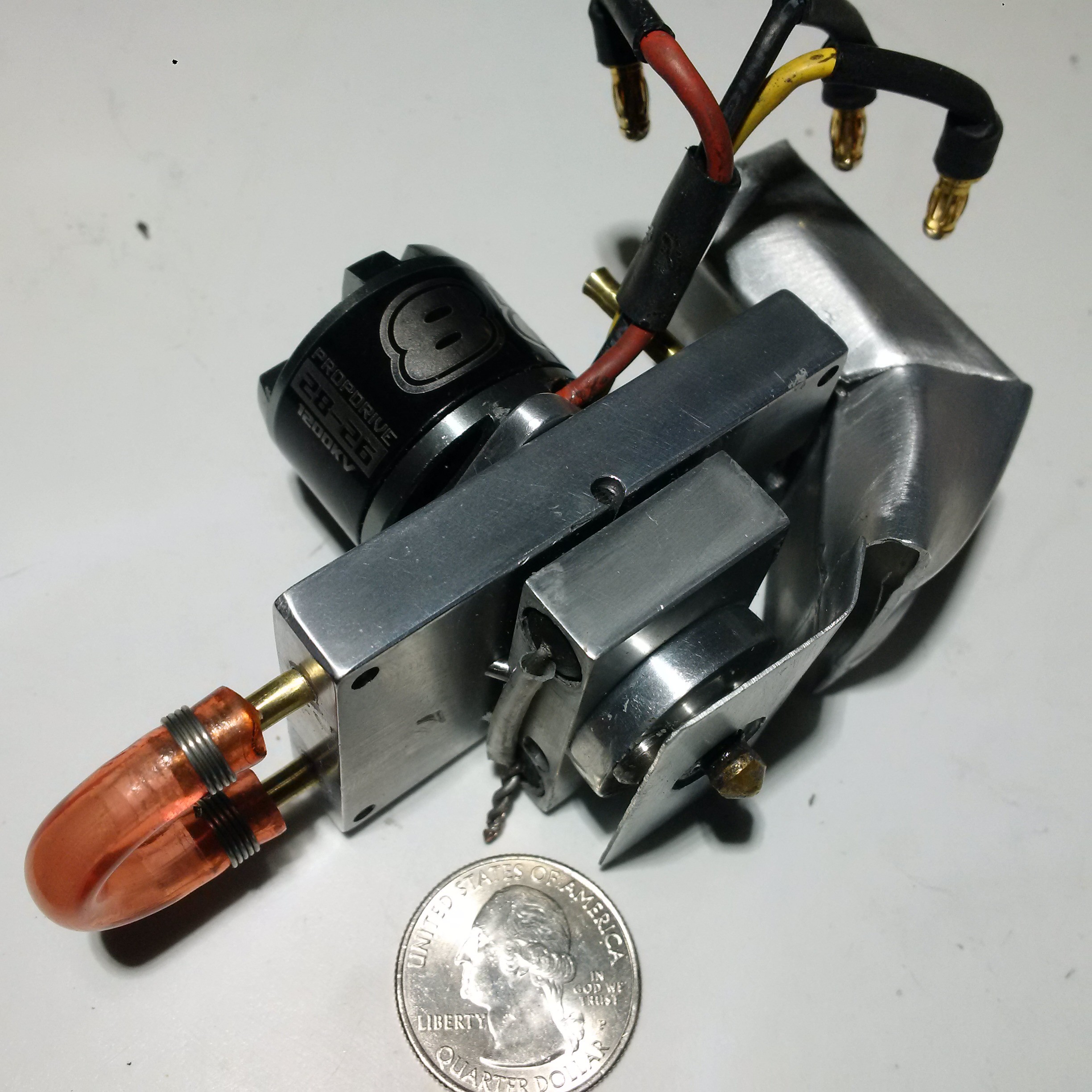

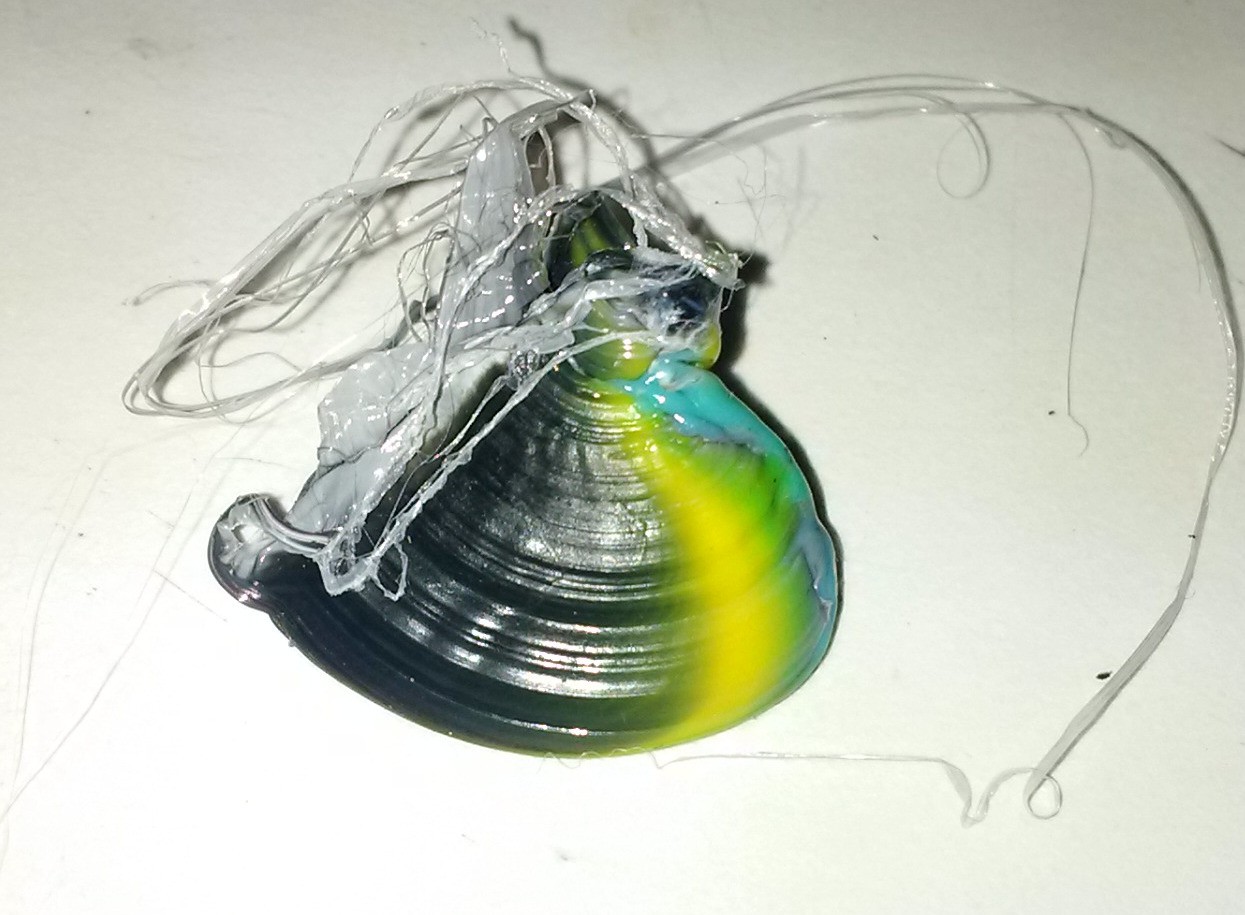
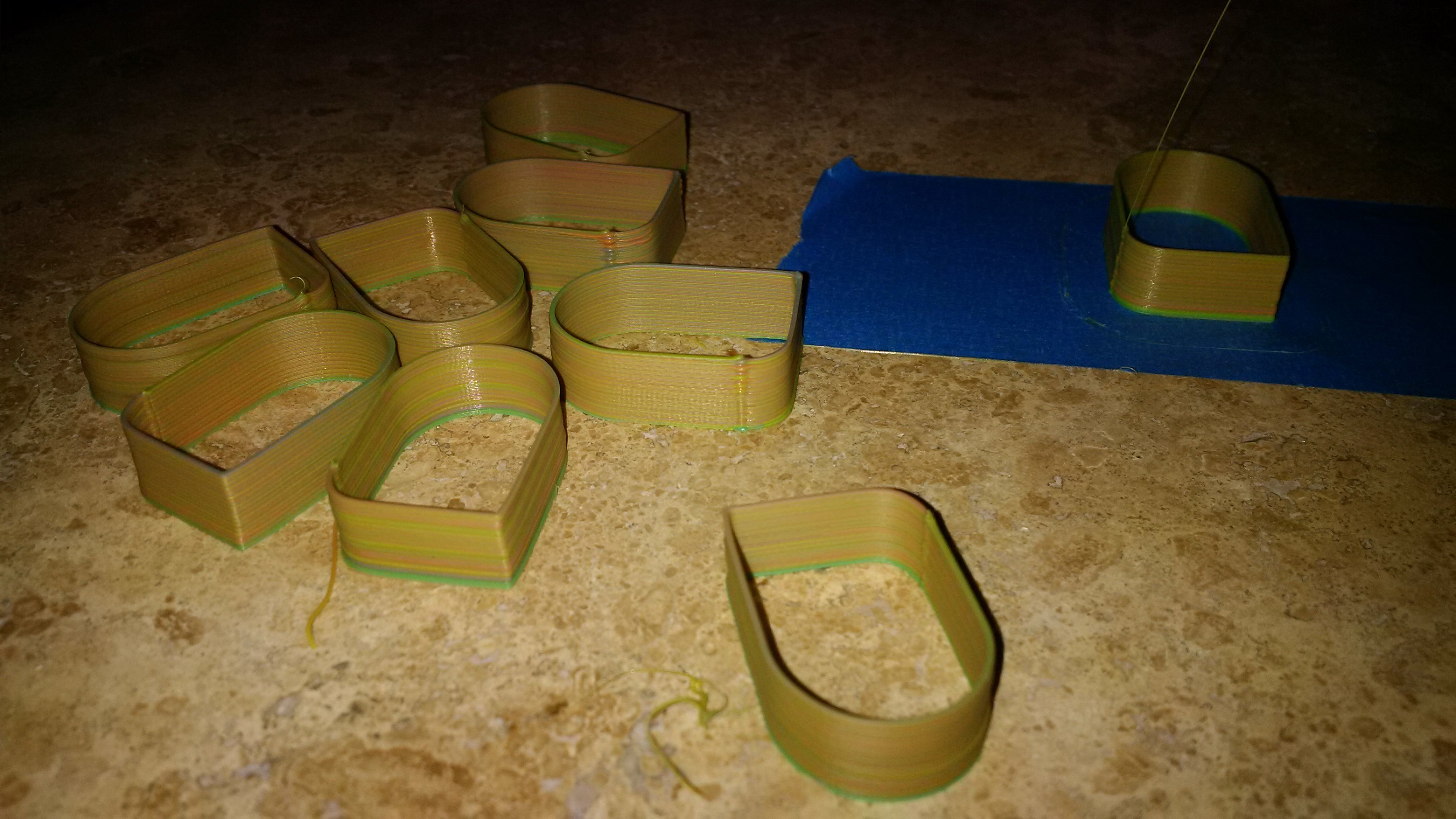
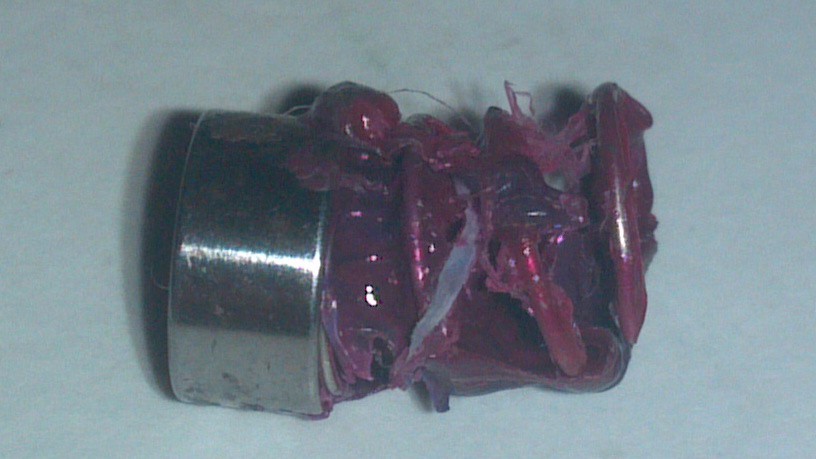
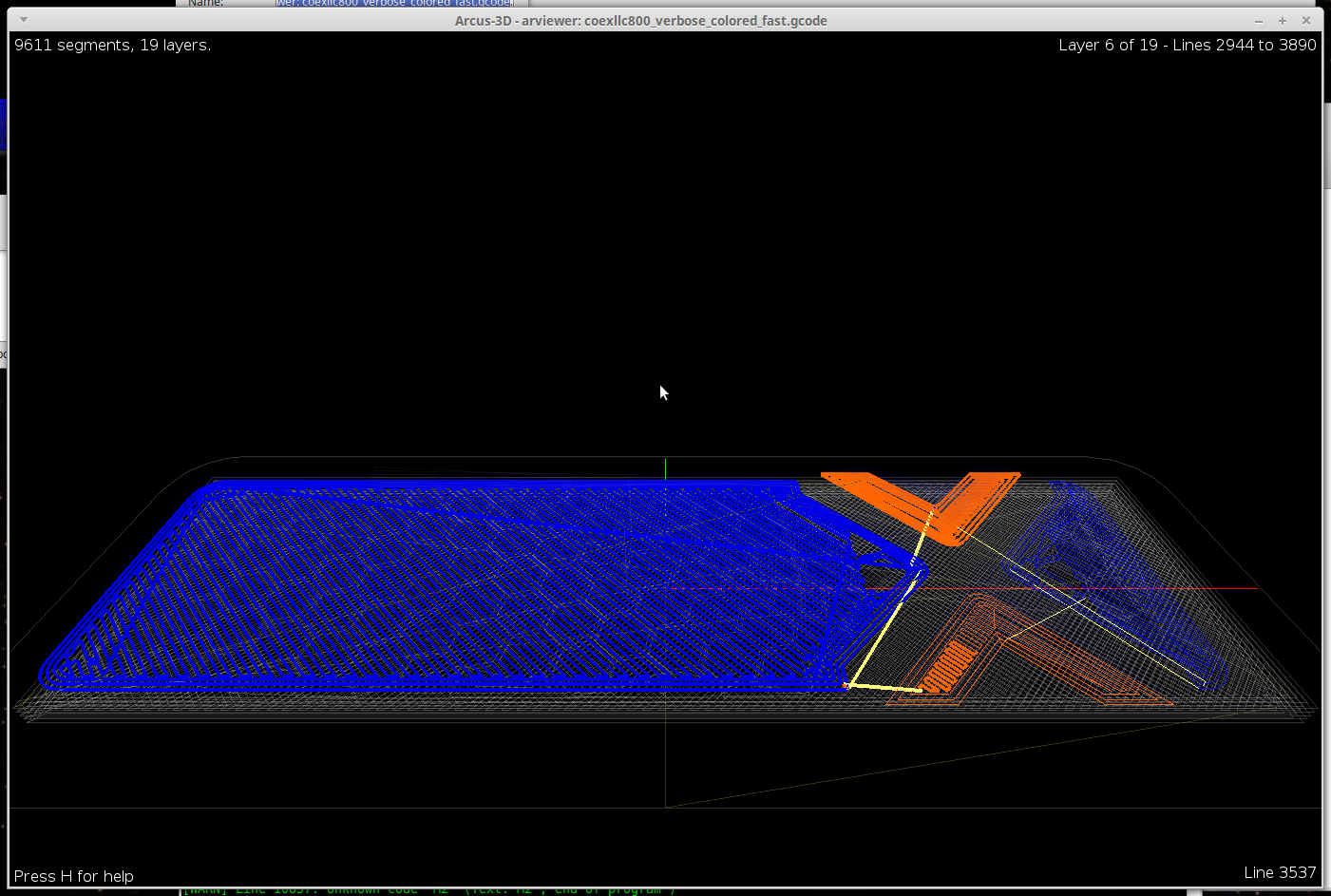





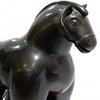
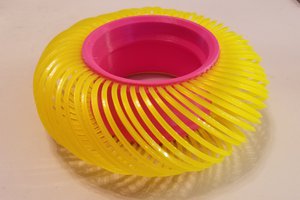
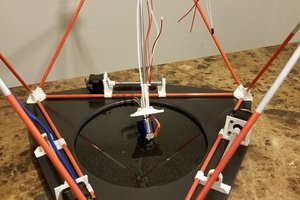

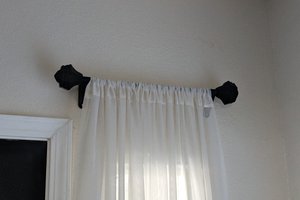
 MakerBlock
MakerBlock
"The M1 was a continually evolving junkstrap with basically nothing being 'standard', whereas the M2 was designed to take advantage of existing commodity hardware. You can find it linked below."
Aww, man! The consumer hardware is so much better, but the junkheap is where the charm is!